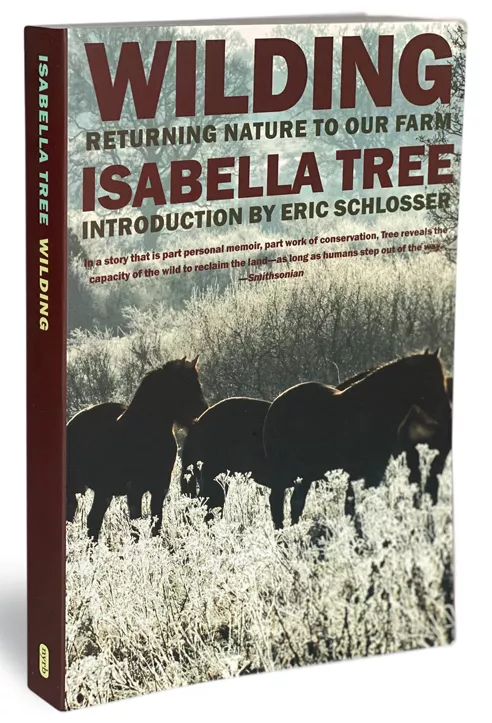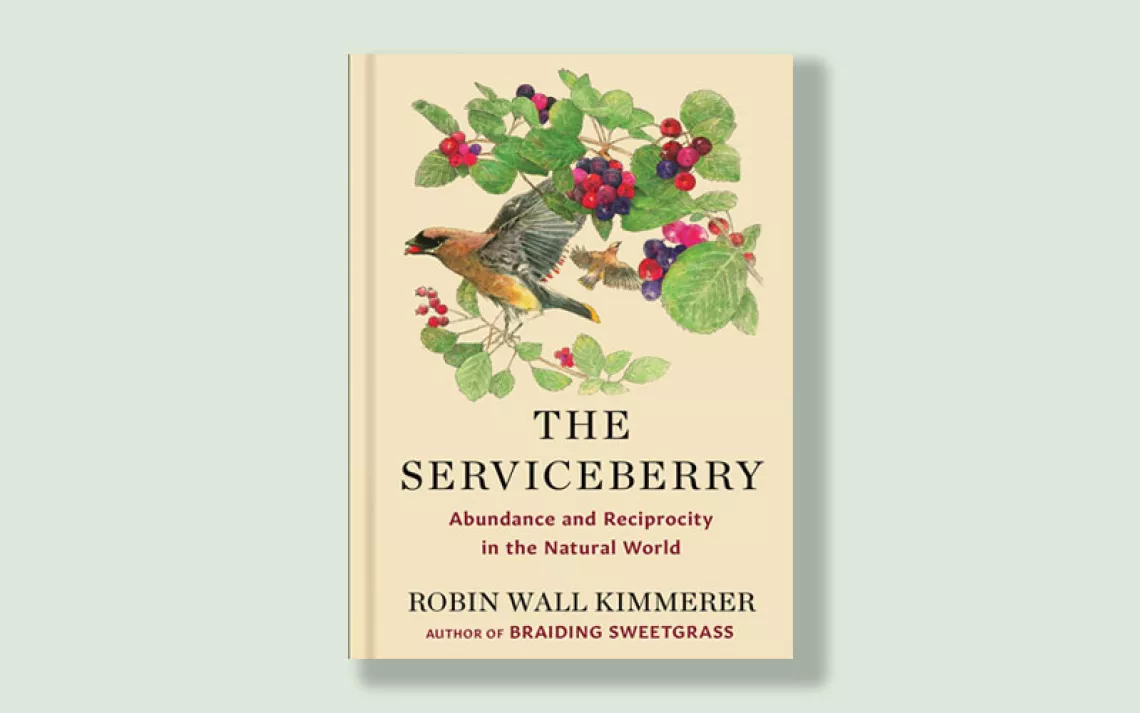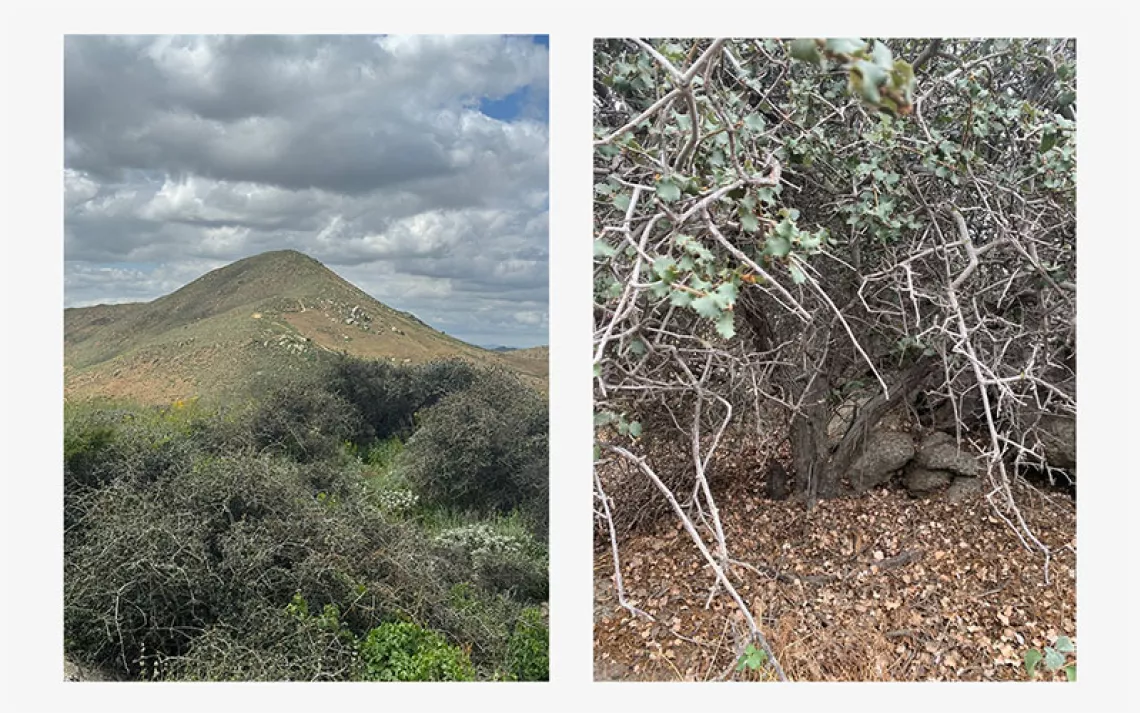The Case for Turning Farms Back Into Habitat
Isabella Tree champions the biodiversity of ecosystems in "Wilding"

Wilding: Returning Nature to Our Farm (New York Review Books, 2019) starts under an old oak on a 3,500-acre dairy and row-crop farm on the Knepp Castle Estate in the United Kingdom. Isabella Tree, an accomplished science writer and the farm's co-owner, with Charlie Burrell, is brilliant at explaining the interconnectedness of a farm's ecosystem. In this instance, she deftly unwinds the complicated role mycorrhizal fungi play in supporting the root systems of oaks.
Tree and Burrell's vision for rewilding their land doesn't focus on setting aside a sanctuary for a single species; they aim to create a biodiverse ecosystem that functions as a holistic unit. The couple did some reseeding of native grasses to kick off the project, but mostly they're letting nature do the heavy lifting.
Tree recounts missteps with her neighbors, who haven't always understood her family's desire to give up large-scale, resource-intensive agriculture. There's also the ongoing struggle to find funding for bringing in the native grasses and grazing animals. The subtext of privilege complicates this story. It's a little hard to feel sorry for folks trying to scrounge up grant money after inheriting a country estate with an actual castle on it.
Since my husband and I signed the closing documents for our farm nearly two years ago, we've been vexed by what to do with our extra acres. We want them to be both productive and environmentally beneficial. That's a tall order in traditional agriculture. Still, the idea is noble, and watching nature return to Knepp through Tree's detailed storytelling is inspiring.
This article appeared in the January/February 2020 edition with the headline "Back to the Land."
 The Magazine of The Sierra Club
The Magazine of The Sierra Club



